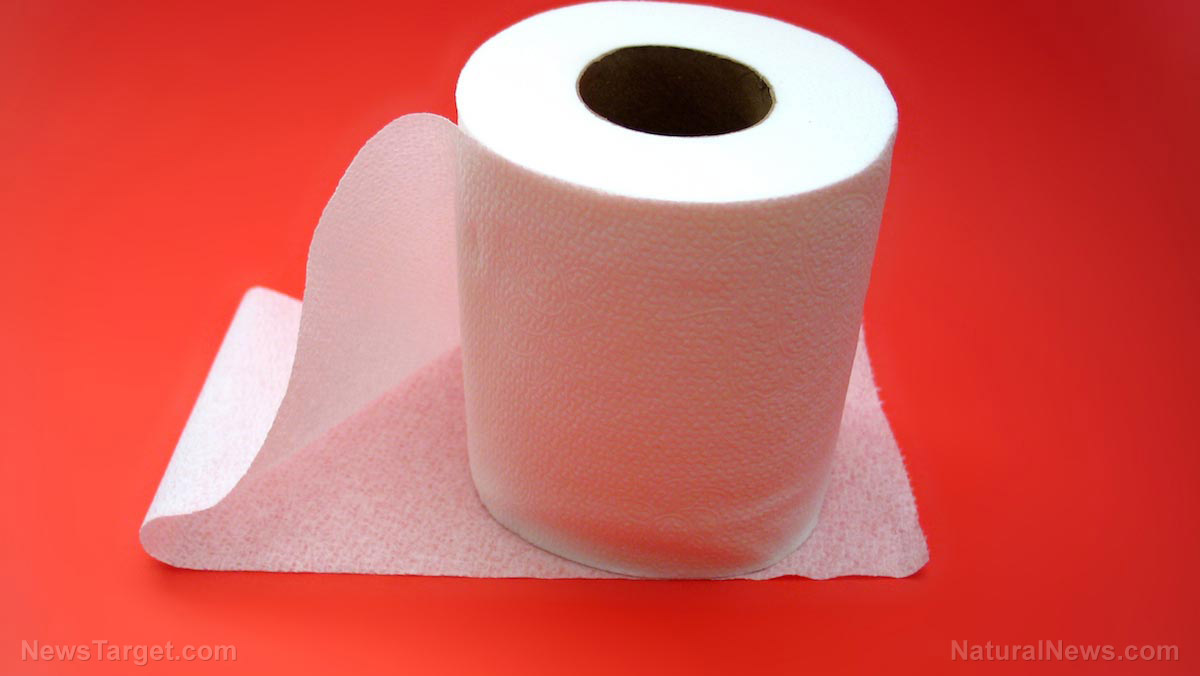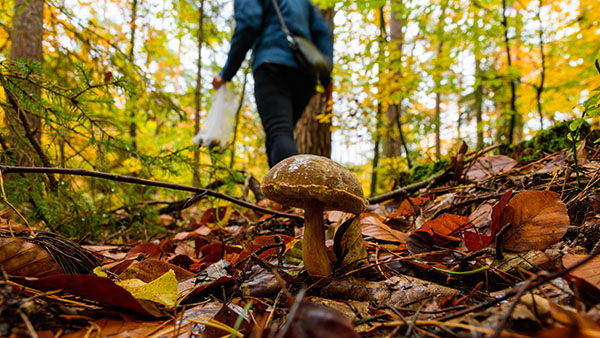
If you're looking for natural alternatives to toilet paper, consider some of the plants detailed below. Foraging for toilet paper can help you save a bit of money, which you can spend on other preps like food supplies.
It may sound strange, but using plants to clean yourself isn't uncomfortable as long as you have the right kind of plants. The plants included in this list can clean just as well as regular toilet paper. (Related: No TP? No problem: How to make DIY toilet paper.)
Lamb’s ear
Lamb's ear is one of the softest plants that you can use as an alternative for toilet paper. Its leaves are very soft, broad and thick.
The plant grows in the wild and it is considered a weed. If you can't find lamb's ear in your area, purchase seeds from herb plant suppliers.
The plant's leaves can also be used as a makeshift bandage. Lamb's ear has natural antibacterial properties that can help promote healing for mild wounds or burns.
You can grow lamb’s ear all year round indoors since it isn't tall like other plants.
Moss
Moss is soft and certain kinds have natural antifungal and antibacterial properties. Since moss isn't dense, you may need one or two handfuls to clean yourself.
Look for these kinds of moss for your stockpile:
- Oakmoss is found in the mountainous regions of America and it grows on oak trees. It looks like a piece of coral growing from the side of an oak tree, with pale and pointy greenish-gray "leaves." Oakmoss grows at least three to eight centimeters long and they form large clumps.
- Reindeer moss is a light-colored lichen that grows at least a couple of centimeters tall. Reindeer moss has bright red parts that look like flowers from a distance. You can find it in most open, dry areas.
- Spanish moss is a draping moss that hangs from trees, particularly oak trees. It can be found throughout the country and in the eastern southern states. It’s light-colored or nearly white and grows in what looks like strings.
Mullein
Mullein is easy to grow in almost any type of soil. The plant also has large leaves that are very soft and velvety.
Mullein grows up to six feet tall and it prefers sunny locations. It can tolerate partial shade and it thrives in dry soil, but it will also grow in well-draining and softer soil.
Mullein has distinctive yellow tassels that develop at the top of the plant. Before using this plant, check if you have a dermatitis type response to it.
Thimbleberry
Thimbleberry is one of the fastest-growing plants on this list. It grows wildly in both the northeast and western regions of the United States.
From late spring to the summer growing season, the plant bears edible berries. Use thimbleberry's medium-sized and soft leaves any time of the year as natural TP.
Thimbleberry plant leaves are durable, but you may need to bend them in half to clean up big messes. The plant has large, fuzzy and soft leaves that can grow as large as an adult hand.
When foraging for thimbleberry, look for it in moist soil in shady areas, especially in mountain regions.
Considerations when using plants as TP alternatives
While the plants on this list should be safe for most people to use, some of them may cause allergic reactions in certain individuals. Always do a skin test to check if applying certain plants on your bare skin will cause an allergy.
Only use plants that you've grown yourself or foraged plants that haven't been exposed to harmful pesticides. Wait 24 hours after a skin test to see if you have any adverse reaction. If nothing happens, the plant should be safe to use as natural TP.
Watch out for topical allergic reactions such as a mild to severe skin rash or mild to severe hives that may cause severe serious breathing problems.
Stockpile seeds to grow plants that can be used as an alternative to toilet paper when SHTF or check areas near your home for possible sources of plants like lamb's ear or moss.
Sources include:
Please contact us for more information.























